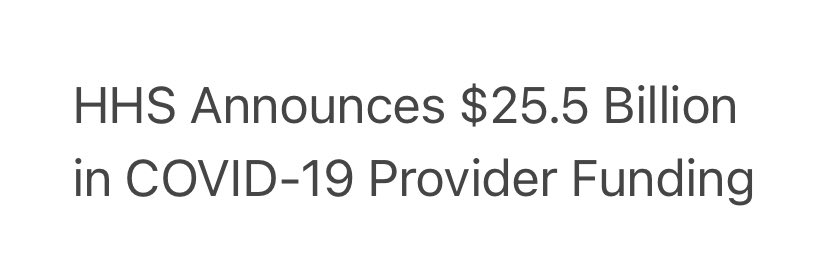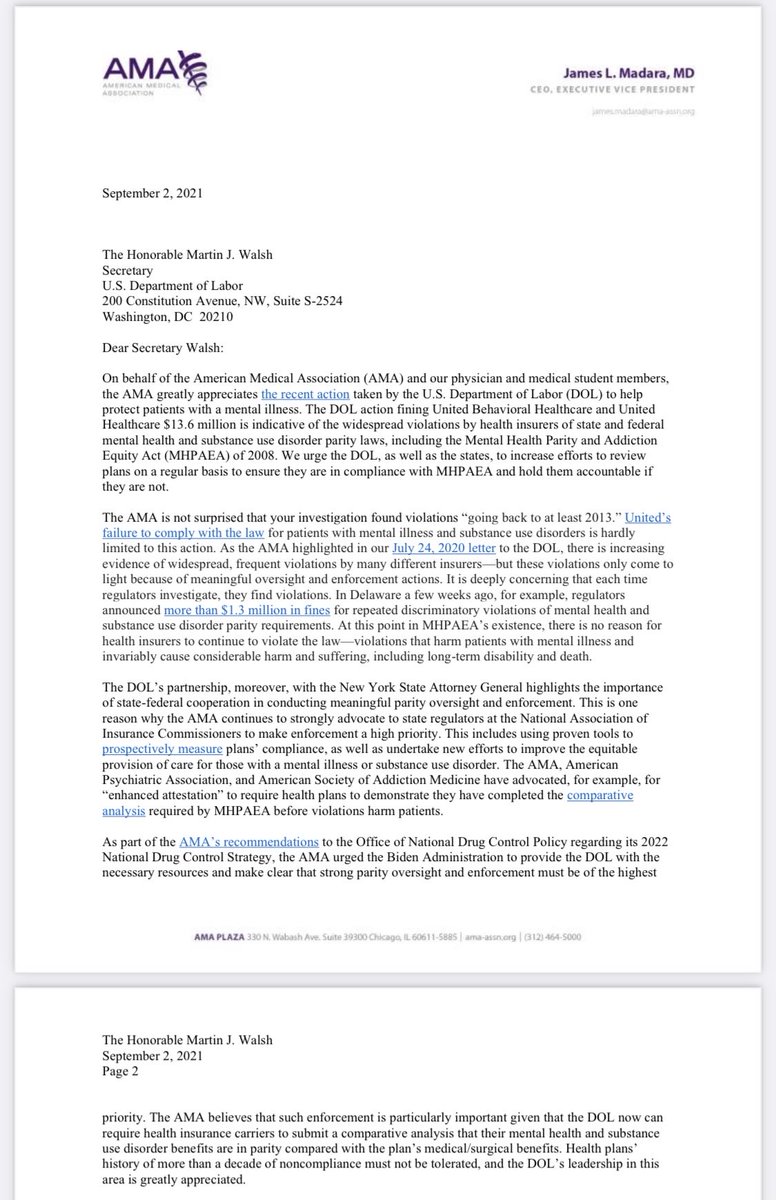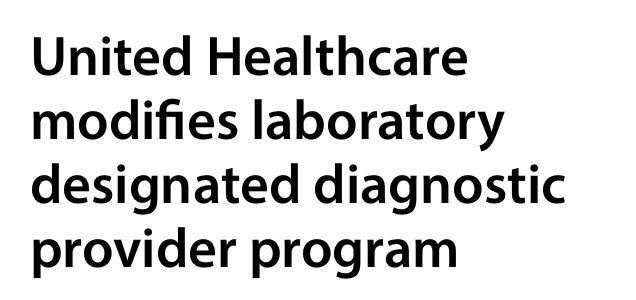
🧵Clock is ticking.⏰
🔥Patients’ access to care is at risk.
🎇 Congress must act to avert looming cuts to Medicare physician payments: >245 Representatives urge action tinyurl.com/sumadprz
‼️Physician practices face financial peril as 2021 ends: tinyurl.com/5asd4sp9
🔥Patients’ access to care is at risk.
🎇 Congress must act to avert looming cuts to Medicare physician payments: >245 Representatives urge action tinyurl.com/sumadprz
‼️Physician practices face financial peril as 2021 ends: tinyurl.com/5asd4sp9

2/ CMS just released the rule that determines Medicare physician payments.
@AmerMedicalAssn statement:
“While the AMA will thoroughly analyze the 2,400+ page rule, it is a reminder of the financial peril facing physician practices at the end of the year.”
@AmerMedicalAssn statement:
“While the AMA will thoroughly analyze the 2,400+ page rule, it is a reminder of the financial peril facing physician practices at the end of the year.”
3/ “The final rule includes a reduction in the 2022 Medicare conversion factor of about 3.85 percent. The AMA is strongly advocating for Congress to avert this and other looming cuts to Medicare physician payments that, overall, will produce a combined 9.75 percent cut for 2022.”
4/“This comes at a time when physician practices are still recovering the personal and financial impacts of the COVID public health emergency.”
5/ “Congress is beginning to recognize that this financial instability could limit health care access for Medicare patients. The clock is ticking."
To read the full statement by #OurAMA: ama-assn.org/press-center/p…
To read the full statement by #OurAMA: ama-assn.org/press-center/p…
👆Action item:
@CongBoyle @RepBrianFitz @CongressmanGT @RepMeuser @RepJohnJoyce @RepDwightEvans @RepDean @RepHoulahan @RepSusanWild @GReschenthaler @MikeKellyPA @RepConorLamb @mgs @USRepMikeDoyle @RepCartwright @RepFredKeller @RepScottPerry
@RepSmucker @SenToomey @SenBobCasey
@CongBoyle @RepBrianFitz @CongressmanGT @RepMeuser @RepJohnJoyce @RepDwightEvans @RepDean @RepHoulahan @RepSusanWild @GReschenthaler @MikeKellyPA @RepConorLamb @mgs @USRepMikeDoyle @RepCartwright @RepFredKeller @RepScottPerry
@RepSmucker @SenToomey @SenBobCasey
• • •
Missing some Tweet in this thread? You can try to
force a refresh










